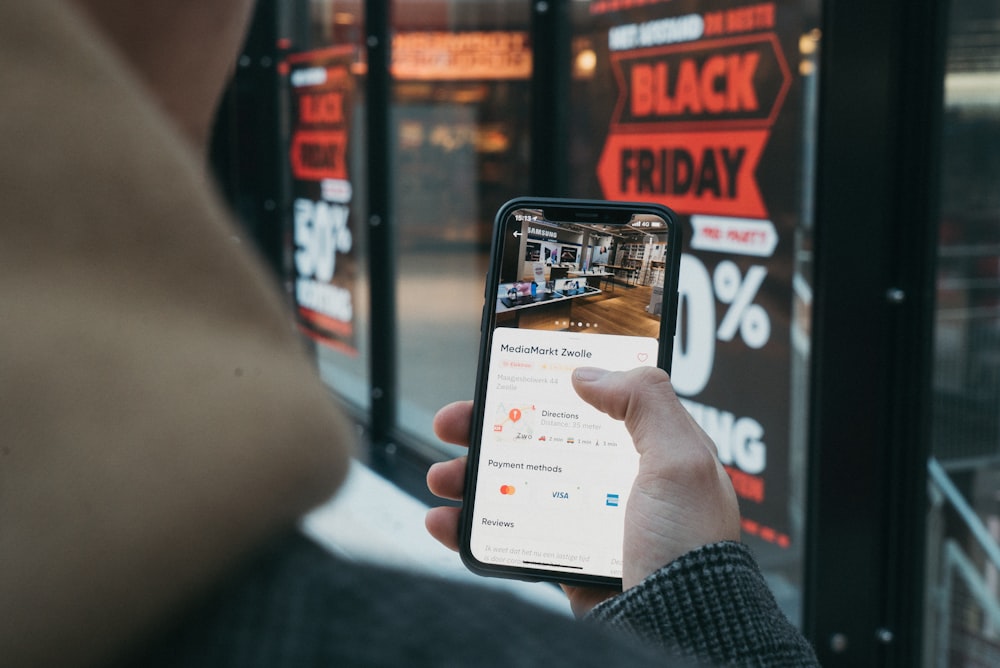
 Image Source: UnsplashThe term “Black Friday” to describe the day after Thanksgiving Day in the United States first became more widely known in the 1980s.Originally coined by the police to describe the catastrophic traffic congestions associated with the (unofficial) start of the Christmas shopping season, Black Friday has routinely been the busiest shopping day of the year since the early 2000s, as many retailers started offering special discounts and opening their stores early to lure in as many shoppers as possible.While Black Friday still is the biggest day of the year for brick-and-mortar retailers in the United States, the rise of e-commerce has helped the concept of Black Friday discounts become a global phenomenon over the past decade.As Statista’s Felix Richter shows in the following chart, based on Google Search trends, shows, Black Friday has been getting bigger every year in terms of consumer interest.Every year?Well, every year until the pandemic hit.As Statista’s Felix Richter shows in the following chartYou will find more infographics at StatistaIn November 2020, Google search interest for the term “Black Friday” fell more than 30 percent short of the 2019 level and the downward trend continued in 2021 and 2022, when global search volume dropped to 60 and 53 percent of the 2019 peak.Preliminary data for 2023 suggests that the trend continues this year, but are consumers really losing interest in Black Friday deals or are they simply so ubiquitous that they no longer need to search for them?Looking at overall spending levels suggests that the latter is true.According to Adobe Analytics, Black Friday and Cyber Monday online spending in the U.S. reached new records in 2022 and are expected to grow even further this year.More By This Author:Small Bank Deposit Outflows Continue As Fed Bailout Fund Usage Jumps To Another New Record HighCyber Week Spending Set To Hit New Highs In 2023Stocks Surge For 4th Straight Week Amid U.S. Macro Meltdown
Image Source: UnsplashThe term “Black Friday” to describe the day after Thanksgiving Day in the United States first became more widely known in the 1980s.Originally coined by the police to describe the catastrophic traffic congestions associated with the (unofficial) start of the Christmas shopping season, Black Friday has routinely been the busiest shopping day of the year since the early 2000s, as many retailers started offering special discounts and opening their stores early to lure in as many shoppers as possible.While Black Friday still is the biggest day of the year for brick-and-mortar retailers in the United States, the rise of e-commerce has helped the concept of Black Friday discounts become a global phenomenon over the past decade.As Statista’s Felix Richter shows in the following chart, based on Google Search trends, shows, Black Friday has been getting bigger every year in terms of consumer interest.Every year?Well, every year until the pandemic hit.As Statista’s Felix Richter shows in the following chartYou will find more infographics at StatistaIn November 2020, Google search interest for the term “Black Friday” fell more than 30 percent short of the 2019 level and the downward trend continued in 2021 and 2022, when global search volume dropped to 60 and 53 percent of the 2019 peak.Preliminary data for 2023 suggests that the trend continues this year, but are consumers really losing interest in Black Friday deals or are they simply so ubiquitous that they no longer need to search for them?Looking at overall spending levels suggests that the latter is true.According to Adobe Analytics, Black Friday and Cyber Monday online spending in the U.S. reached new records in 2022 and are expected to grow even further this year.More By This Author:Small Bank Deposit Outflows Continue As Fed Bailout Fund Usage Jumps To Another New Record HighCyber Week Spending Set To Hit New Highs In 2023Stocks Surge For 4th Straight Week Amid U.S. Macro Meltdown




 User rating: 0.00% ( 0
User rating: 0.00% ( 0 



 The Complete List Of Wilshire 5000 Stocks
The Complete List Of Wilshire 5000 Stocks
 Future Market Returns = Dividend Yield + Earnings Growth +/- Change In P/E Ratio
Future Market Returns = Dividend Yield + Earnings Growth +/- Change In P/E Ratio
 USD/JPY Making A Bullish N Pattern Through Chuvashov Fork
USD/JPY Making A Bullish N Pattern Through Chuvashov Fork
 Ebay Rises As Morgan Stanley Double Upgrades On Payments Shakeup
Ebay Rises As Morgan Stanley Double Upgrades On Payments Shakeup
 The Pension Crisis Gets A Catchy Name: “Silver Tsunami”
The Pension Crisis Gets A Catchy Name: “Silver Tsunami”
